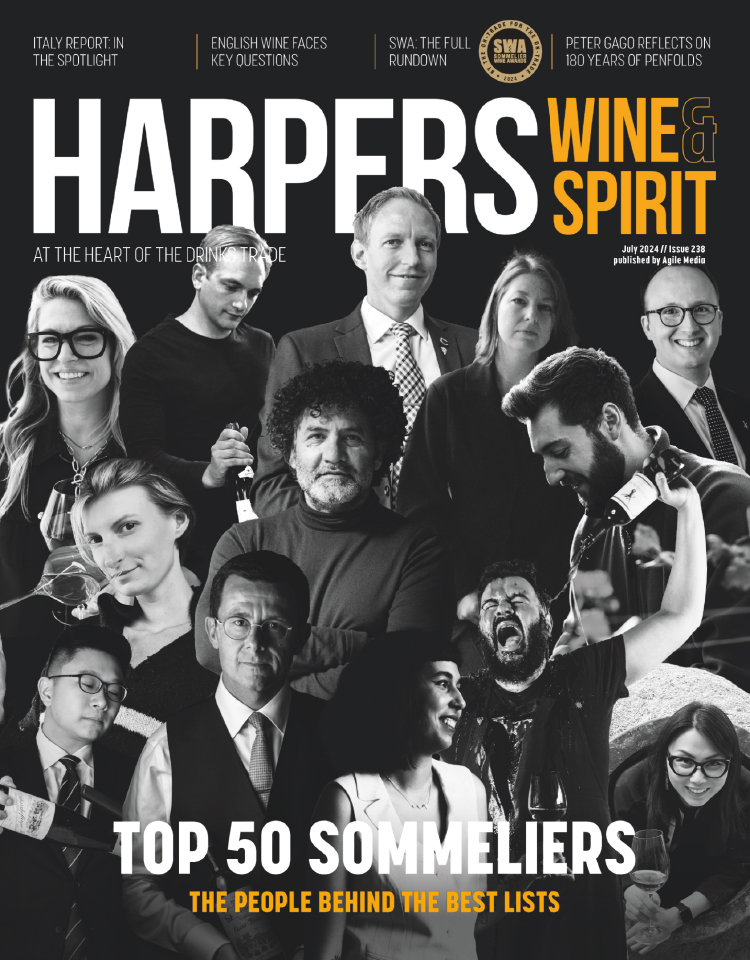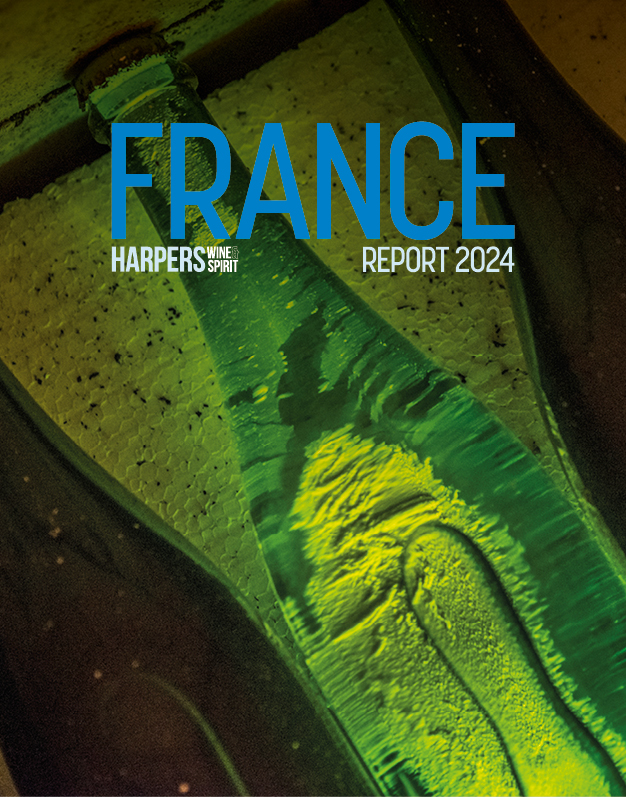
Wet-led businesses helping high street to recover from “poisonous cocktail” of regulatory costs
Renewed investor interest is improving the health of a malnourished high street – driven mostly by wet-led venues, a group of suppliers and industry leaders were told this morning.
Harking back to 2016, Kate Nicholls, chief executive of on-trade focused organisation UK Hospitality, blamed government meddling and a “poisonous toxic cocktail of regulatory costs” that included abruptly introduced business rates and a national living wage for confidence in the casual dining sector to crash from a 85-95% high the year before.
It’s not all doom and gloom however.
Speaking at a breakfast session organised by the Wine and Spirit Trade Association, Nicholls said investor interest is returning, particularly when it comes to wet-led venues, where optimism and profit are on the rise.
“It’s businesses like The Alchemist and The Botanist which do large volumes of food, but still have a higher proportion of alcohol sales and are around 70-80% wet-led that are doing well. That’s where the growth has come from. Wet-led businesses are at 2.5% LFL growth, while restaurants and casual dining are at -1.5%,” she said.
Regulatory costs still weigh heavily on bars and restaurants however.
Even with wet-led venues growing ahead of the market, Nicholls estimates that operators need 5% LFL growth “just to stand still and cover regularly costs”.
Brexit-fuelled price inflation, political uncertainty and hesitant consumer spending have further squeezed the high street.
“Over the past few years, regulatory change has wiped out a lot of profits for businesses which were already operating on tight margins of between 6% and 10%. Investment stopped almost overnight, which had implications for the mainly private equity-backed casual dining sector, and roll out plans stalled.
“Before 2016, outlets were opening at rate of five a day. You might say that’s unsustainable, but it was obviously backed and funded by that private equity model. Government changed the model, and that’s what changed the high street.”
Pressure is further being heaped on businesses by fierce competition for what is now a "very fickle" consumer base.
According to UK Hospitality and CGA’s figures, consumers are still going out to eat and drink often: 80% have gone out to a casual brand in the last six months, which equates to two billion visits a year.
But the trend is flat.
“People aren’t going out any more or less. The problem is they’ve got more choice. Consumers aren’t brand loyal – those who think they are, are going to those venues twice a year. Also spending is flat, which means there’s nowhere to pass on the rising costs,” Nicholls said.
Investing in rapidly changing consumer trends, such as the desire for “experience-led” and premium drinking occasions, is therefore vital.
Nicholls finished by highlighting yesterday’s acquisition of Britain’s largest pub owner, Ei, which was bought by Stonegate Pub Company, the UK’s largest nightclub operator.
“There’s life and interest back in the market, which means there's opportunity for suppliers to get involved and to meet those trends. The high street isn’t dead. It’s dynamic and resilient – it’s just a different high street to the one we’re used to.”
Keywords:
- UK
- Restaurants
- Bars
- growth
- pubs
- consumers
- casual
- casual dining
- high street
- businesses
- nicholls
- regulatory
- venues
- investor interest
- dining sector
- casual dining sector
- lfl growth







